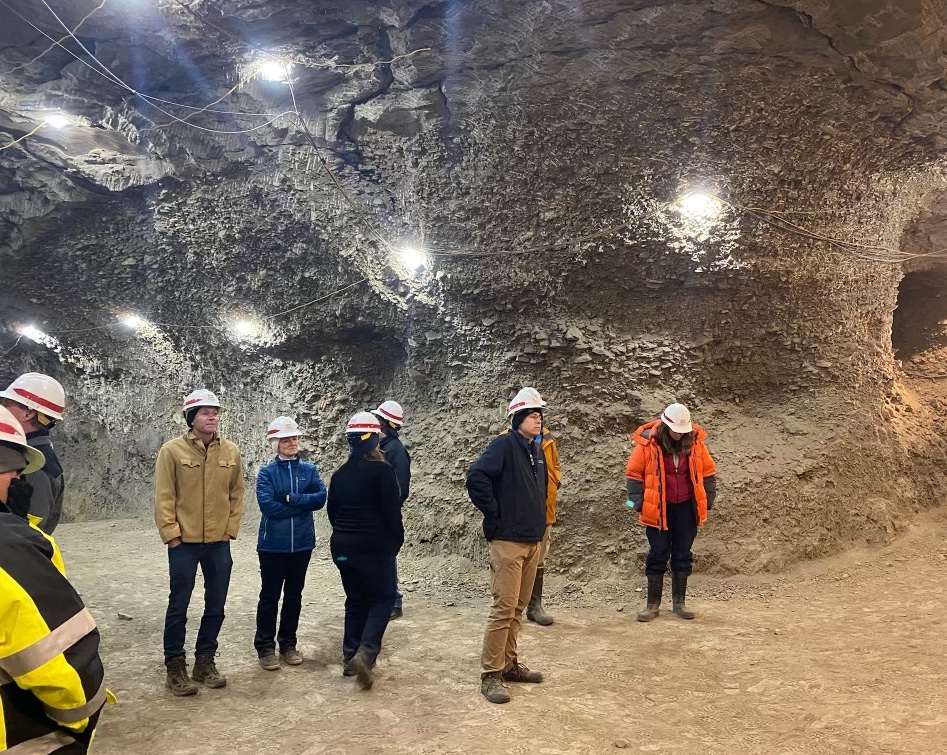NASA: Walking Back in Time to Learn About the Future of Permafrost


There’s a freezer door in the mountainside outside of Fairbanks, Alaska. Tom Douglas opens it and we step inside, breathing in cold air and musky dust as we start to walk back through time.
This isn’t fantasy. It’s the Permafrost Tunnel run by the U.S. Army’s Cold Regions Research and Engineering Laboratory in Alaska, where Douglas is a Senior Scientist.
Recently, Douglas led a group of scientists and pilots with NASA’s Arctic Boreal Vulnerability Experiment (ABoVE) on a tour through the Tunnel to learn about permafrost. Permafrost is any soil, ice, or organic matter like plant material or bone that has stayed frozen year-round for at least two years. The tunnel was initially excavated in the 1960s and has been expanded since 2011. Now, the Permafrost Tunnel has almost 500 meters of excavation. “There’s just nowhere else on Earth that has this type of access to permafrost,” said Douglas.
The ABoVE team studies permafrost thaw and its impact on landscapes and ecosystems across the Arctic from the air and above the ground. They also work in conjunction with CRREL and other scientists to figure out how measurements made in and above the permafrost tunnel can be extrapolated to airborne measurements taken from research aircraft. But for many of the ABoVE team members, this is their first time getting to see permafrost up close.
